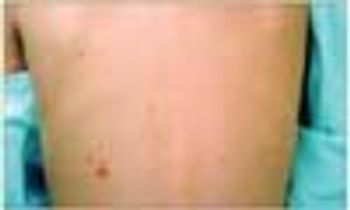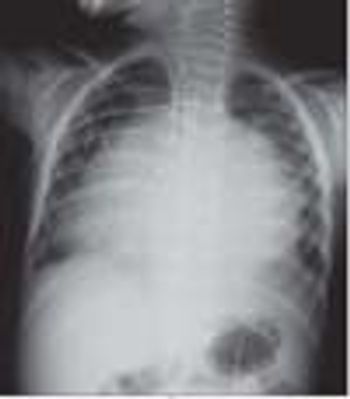
Parents of preverbal children with acute otitis media (AOM) look at their child?s observable behaviors to determine their pain level. Although no specific symptom dictates parental assessment of pain, ear tugging and fussiness appear to be the symptoms that most influence parental perception of pain. However, interpretation of these behaviors is influenced by other factors, like socioeconomic status, according to a study published in the Journal of Pain.



